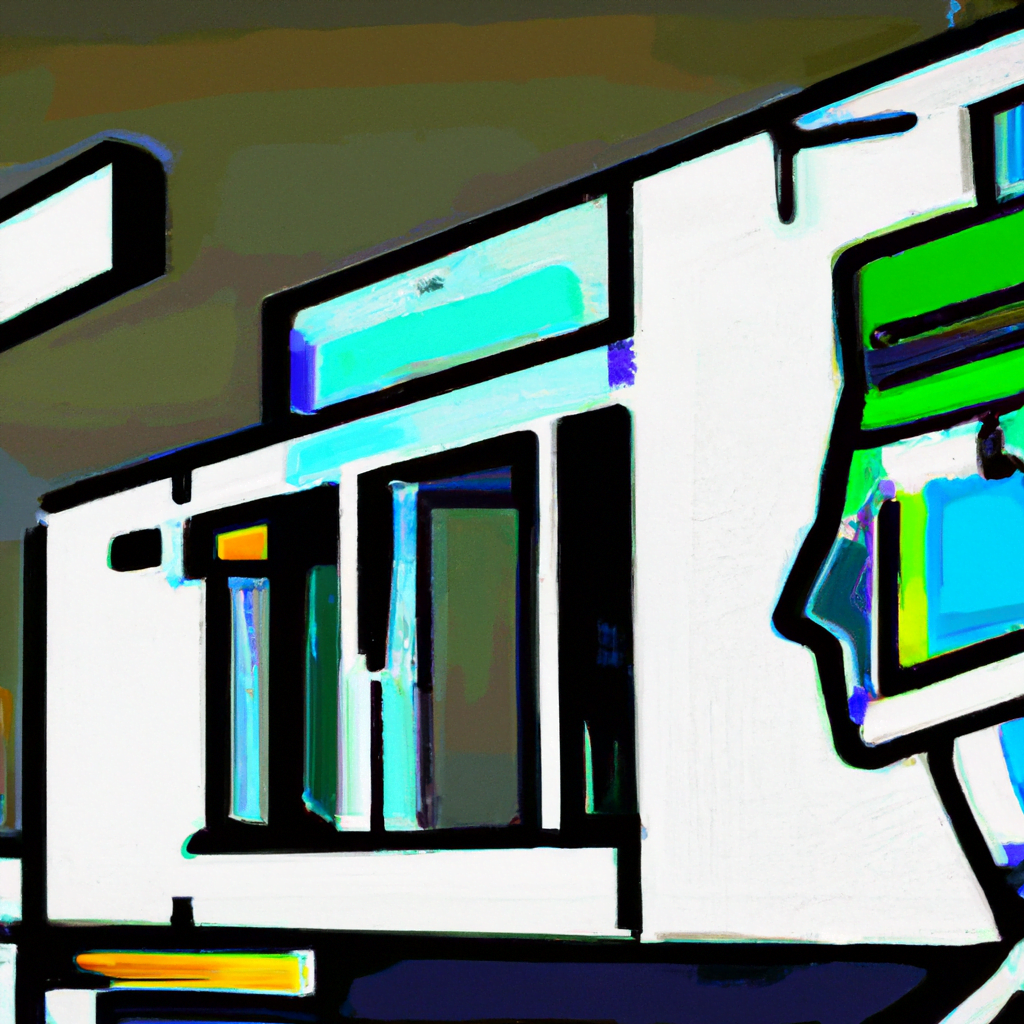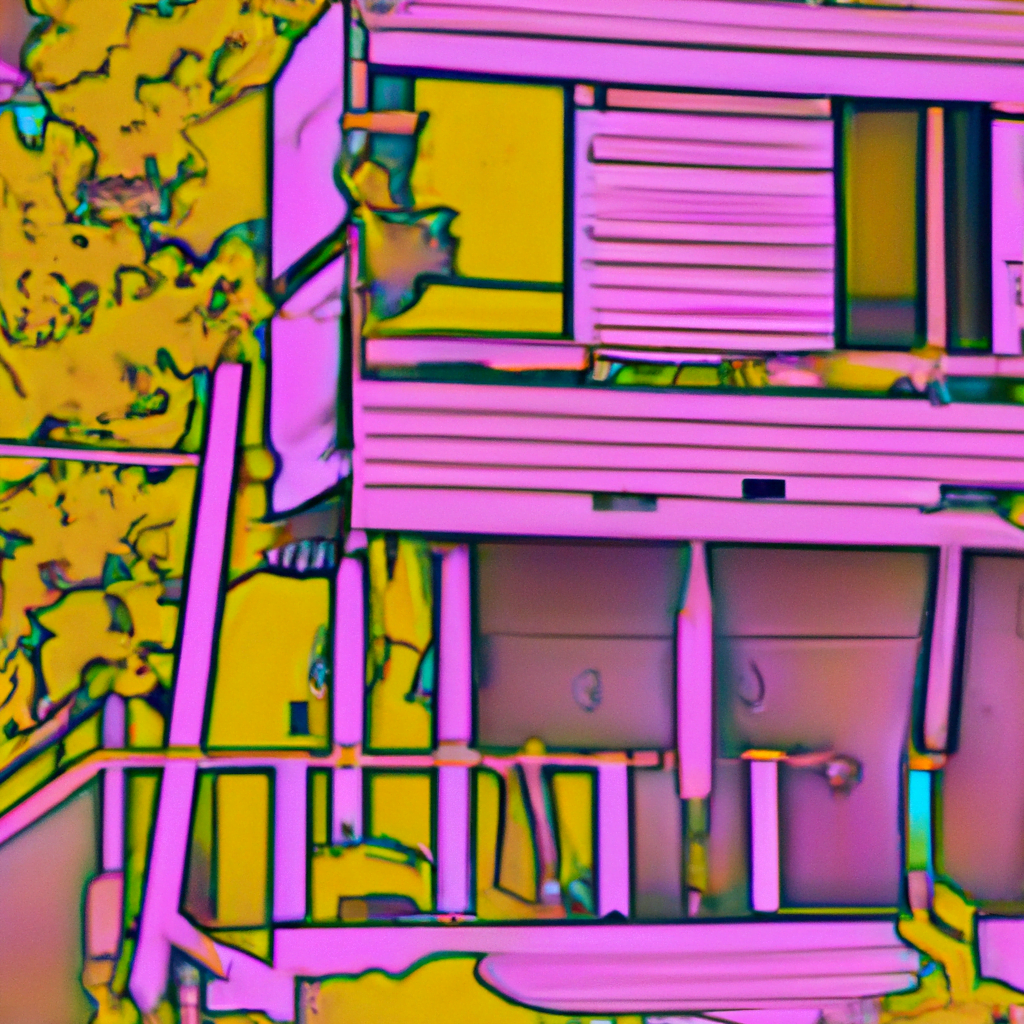
Exploring AI-Generated Environmental Graphic Designs

Environmental graphic design (EGD) plays a crucial role in shaping our physical surroundings, enhancing user experiences, and conveying information effectively. With the rapid advancements in artificial intelligence (AI), designers are now exploring the potential of AI-generated EGD to create visually stunning and impactful designs. This article delves into the world of AI-generated environmental graphic designs, exploring its benefits, challenges, and future implications.
The Rise of AI in Graphic Design
Artificial intelligence has revolutionized various industries, and graphic design is no exception. AI-powered tools and algorithms have made it easier for designers to automate repetitive tasks, generate design variations, and even create entirely new designs. The integration of AI in graphic design has opened up new possibilities and expanded the creative horizons of designers.
One area where AI has shown immense potential is in environmental graphic design. EGD involves the use of visual elements, typography, colors, and symbols to create informative and visually appealing designs in physical spaces such as buildings, parks, museums, and transportation systems. AI-generated EGD has the ability to transform these spaces into immersive and engaging environments.
The Benefits of AI-Generated EGD
AI-generated EGD offers several benefits that can enhance the overall user experience and improve the effectiveness of communication. Some of the key advantages include:
- Efficiency: AI-powered tools can automate the design process, reducing the time and effort required to create EGD. Designers can focus on higher-level tasks while AI handles the repetitive and mundane aspects.
- Creativity: AI algorithms can generate unique and innovative design concepts that may not have been explored by human designers. This infusion of AI creativity can lead to fresh and exciting EGD solutions.
- Personalization: AI can analyze user data and preferences to create personalized EGD experiences. This level of customization can make the designs more relevant and engaging for individuals.
- Scalability: AI-generated designs can be easily scaled and adapted to different sizes and formats. This scalability is particularly useful when implementing EGD across various physical spaces.
Case Studies: AI in Environmental Graphic Design
Several notable case studies demonstrate the successful integration of AI in environmental graphic design. These examples highlight the potential of AI-generated EGD to create visually stunning and impactful designs.
1. The Google DeepDream Project
The Google DeepDream project, launched in 2015, utilized AI algorithms to generate surreal and dream-like images. While not specifically focused on EGD, the project showcased the power of AI in creating visually captivating designs. The generated images could be adapted and applied to various environmental graphic design applications, such as murals, signage, and wayfinding systems.
2. The EGD of Singapore’s Jewel Changi Airport
Singapore’s Jewel Changi Airport is renowned for its stunning EGD, which seamlessly blends nature, technology, and art. AI played a significant role in the creation of the airport’s EGD, enabling the designers to generate intricate patterns, dynamic visuals, and interactive displays. The AI-generated EGD at Jewel Changi Airport creates a unique and immersive experience for travelers.
Challenges and Limitations
While AI-generated EGD offers numerous benefits, it also presents certain challenges and limitations that need to be addressed. Some of the key challenges include:
- Human Touch: AI-generated designs may lack the human touch and emotional connection that traditional handcrafted designs possess. Striking the right balance between AI-generated and human-designed elements is crucial to maintain the authenticity and appeal of EGD.
- Ethical Considerations: AI algorithms are trained on existing data, which may contain biases or perpetuate stereotypes. Designers must be cautious to ensure that AI-generated EGD does not reinforce harmful narratives or exclude certain groups of people.
- Technical Limitations: AI algorithms are still evolving, and there are technical limitations in terms of generating complex and context-specific EGD. Designers need to carefully evaluate the output of AI algorithms and make necessary adjustments to ensure the designs meet the desired objectives.
The Future of AI-Generated EGD
The future of AI-generated EGD is promising, with ongoing advancements in AI technology and its integration with design processes. Some potential future implications include:
- Real-time Adaptation: AI algorithms can analyze real-time data, such as foot traffic or weather conditions, to dynamically adapt EGD. This adaptability can enhance the relevance and effectiveness of the designs.
- Collaborative Design: AI can facilitate collaboration between designers and algorithms, allowing for a symbiotic relationship where AI assists designers in generating ideas and exploring design possibilities.
- Augmented Reality Integration: AI-generated EGD can be seamlessly integrated with augmented reality (AR) technologies, creating interactive and immersive experiences for users. AR overlays can enhance the information conveyed by EGD and provide additional context.
Summary
AI-generated environmental graphic design has the potential to revolutionize the way we experience and interact with physical spaces. The benefits of AI in EGD, such as efficiency, creativity, personalization, and scalability, are evident in various case studies. However, designers must also address the challenges and limitations associated with AI-generated designs, including the need for a human touch, ethical considerations, and technical limitations. The future of AI-generated EGD looks promising, with real-time adaptation, collaborative design, and augmented reality integration on the horizon. As AI continues to evolve, designers must embrace its potential while ensuring that the designs remain authentic, inclusive, and impactful.
